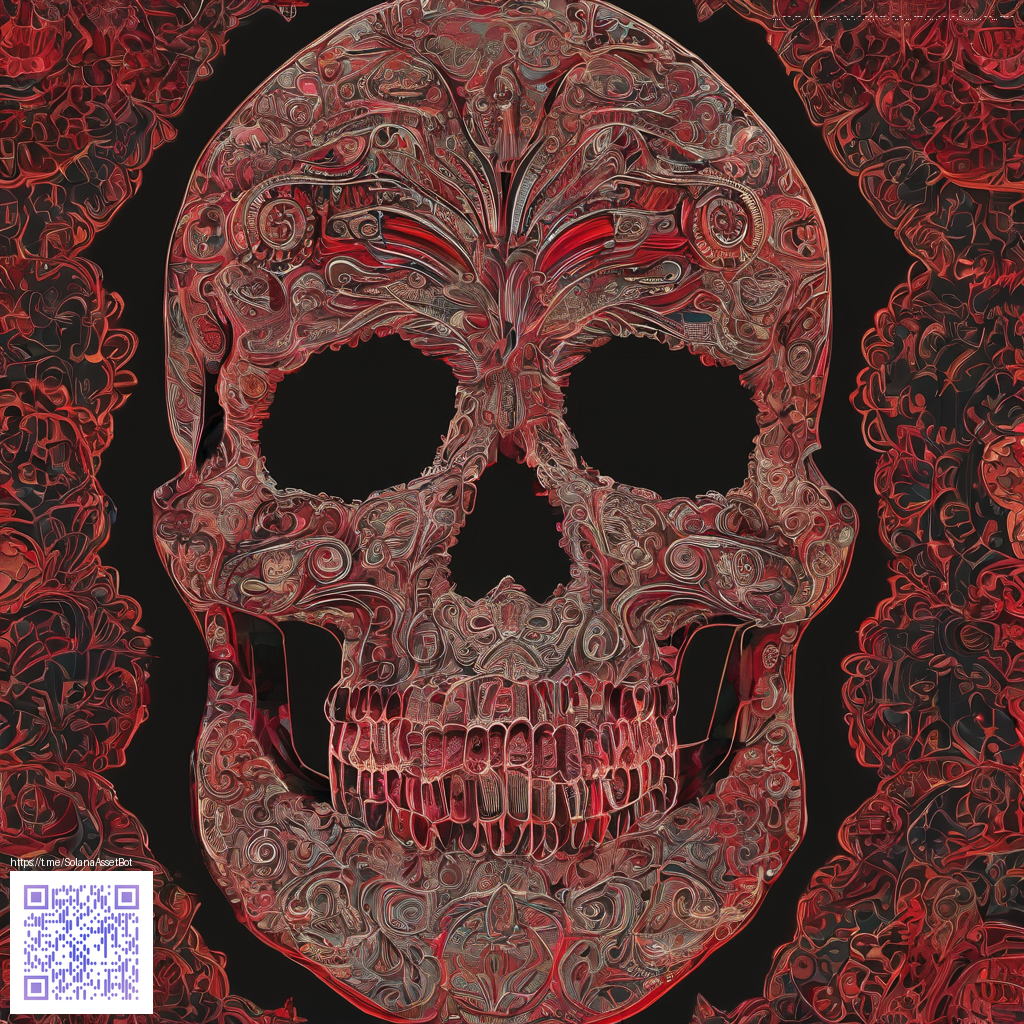
Controversies That Shaped Skyrim over the Years
What began as a beloved open world adventure evolved into a heated conversation that spans mods, monetization, and the evolving expectations of a dedicated fanbase. Skyrim’s legacy isn’t just about dragons and dungeons; it’s about how a sprawling modding scene, official updates, and platform limitations collided to spark ongoing debates. In this feature we dissect the core threads that fans still discuss while exploring how the game’s ecosystem continues to adapt.
Key debates among fans
The introduction of paid content through the Creation Club in 2017 sparked a tectonic shift in how players perceived official mod support. On PC, modders rallied around freely available content that extended the game for years; on consoles, the journey was more constrained, fueling both appreciation and frustration. The tension between free community mods and paid additions remains a touchstone for conversations about value, curation, and creative freedom 💠.
Another flashpoint is the impact of monetization on player choice. While paid add-ons can extend the lifecycle of a sprawling game, many players argued that a premium stance could fragment the experience. The Anniversary Edition further complicated the equation by bundling updates with a price tag, inviting debate about accessibility versus longevity.
Community voices emphasize that the vitality of this title comes from the people who build, share, and remix content. Even when the topic becomes thorny, the modding culture keeps the world alive and evolving.
Patch history and update coverage
Skyrim’s evolution through official updates has been a central piece of the controversy puzzle. The 2016 release of the Special Edition brought a 64‑bit engine, improved visuals, and more robust console mod support, reigniting discussions about performance and fidelity across platforms. Tenants of the debate shifted as players weighed the benefits of updated tech against the cost of re-downloading and rebalancing beloved mods.
In 2017 the Creation Club entered the scene, introducing paid content created by external developers. This move drew sharp criticism from purists who valued independent modding as a grassroots art form, while some players appreciated new content and opportunity for continued development. The 2021 Anniversary Edition then arrived, bundling many Creation Club items and updates, which led to renewed conversations about pricing, value, and the ongoing quest for parity between platforms.
- Skyrim Special Edition 2016 marked a visuals and stability upgrade that made a broad audience revisit the game and its mod scene on multiple platforms.
- Creation Club 2017 introduced paid mod content, spurring heated discussions about access, licensing, and the role of official channels in a vibrant modding community.
- Anniversary Edition 2021 bundled dozens of Creation Club items with the base game, prompting players to debate value versus expansion fatigue and content saturation.
Modding culture and community response
Modding is the heartbeat of Skyrim. The PC scene thrives on tools, tutorials, and a generous swap meet of user content that reshapes graphics, gameplay, and even questlines. Console players enjoyed the arrival of greater mod support with the Special Edition, but platform limitations persisted, intensifying discussions about equal access and fairness across devices 💡.
Nexus Mods and a constellation of community hubs became the de facto stadiums for these conversations. The debate isn’t simply about free versus paid content; it’s about how a platform legitimizes creator work, maintains safety and compatibility, and stewarded an ecosystem that can outlive the original studio’s lifecycle. The result is a culture that celebrates innovation while scrutinizing business decisions that affect the player experience.
Developer commentary and lessons learned
From the studio side, the imperative to support mods while protecting the IP has shaped how Bethesda Game Studios communicates with fans. Developer updates over the years repeatedly highlighted a desire to empower players to experiment, share, and build upon the world. Yet the balance between official channels and community creativity has never been perfectly even, a reality that fans analyze and debate with every new release or re-release. The takeaway is clear: a successful long tail for a living game relies on transparent dialogue, adaptable tools, and a willingness to iterate based on player feedback.
As we look to future titles and ongoing modding projects, the saga serves as a case study in community-driven longevity. The consensus among many players is that this is less about a single ruling and more about a culture that continuously negotiates value, access, and imagination. The landscape evolves, and so do the debates, often surfacing in forums, streams, and modding showcases across the globe. 🌑
Practical takeaways for players today
- Explore freely available mods that focus on stability and quality of life before trying paid add-ons.
- When evaluating updates, weigh the content offered against your preferred playstyle and platform limitations.
- Join community hubs to learn about compatibility, load order, and patch notes from fellow players and modders.
- Respect licensing terms when using official content alongside community creations to keep the ecosystem healthy.
For fans who want to support a broader ecosystem that values open information and shared innovation, consider contributing to projects and communities that champion accessibility and decentralization in online spaces. Your involvement helps maintain a vibrant, creative, and resilient gaming culture.
Note for readers: this discussion centers on the broad arc of the game’s life cycle and community response. Real-world implications depend on platform policies, player interest, and ongoing developer support.
Donate to Support Decentralized Internet